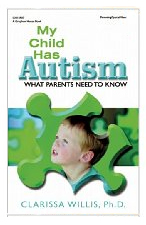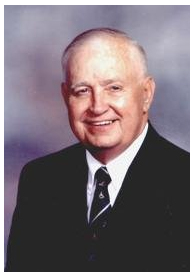New prevalence = increased demand for services and supports
by Patricia Wright
There has been a rumor for several months that the prevalence rate for autism was going to show an increase. Yesterday those rumors were confirmed.
A publication in Pediatrics indicates that 1 in 91 children between the ages of 3 and 17 has an autism spectrum disorder. The story in Pediatrics came out of a report from the National Survey of Children’s Health, and it indicates a clear increase from the 2007 research that found as many as 1 in 150 children had an autism spectrum disorder.
The news of this increase has many people asking why. As for me, I am asking what. What will we do to meet the increased need for services? What will we do to meet the increased need for supports?
Surveillance studies are important. They inform our society about what is happening to our population, and they should inform our society about the needs of our society members. Every day Easter Seals hears from parents who are not able to access services and supports for their children. The two barriers I hear about most often from families are financial barriers and the lack of trained professionals in their communities.
Individuals with autism can and do lead meaningful lives with effective services and supports. Increased prevalence equals increased need. The research has been done. We know that there are more children with autism. This must lead to the logical conclusion that there are more children in need of services and supports.
Remove the barriers to effective services and supports. Our professionals (teachers, childcare workers and therapists) need access to training. Our families need financial support to ensure their children receive quality treatment. Our society funded the prevalence study to find out about how many children have autism. Let us now fund services and supports to meet the needs of those we found.








 Easter Seals is mourning the death of Roger McCarville, who died of pneumonia on September 7. You might recognize Roger’s name — Matt McAlear published a
Easter Seals is mourning the death of Roger McCarville, who died of pneumonia on September 7. You might recognize Roger’s name — Matt McAlear published a